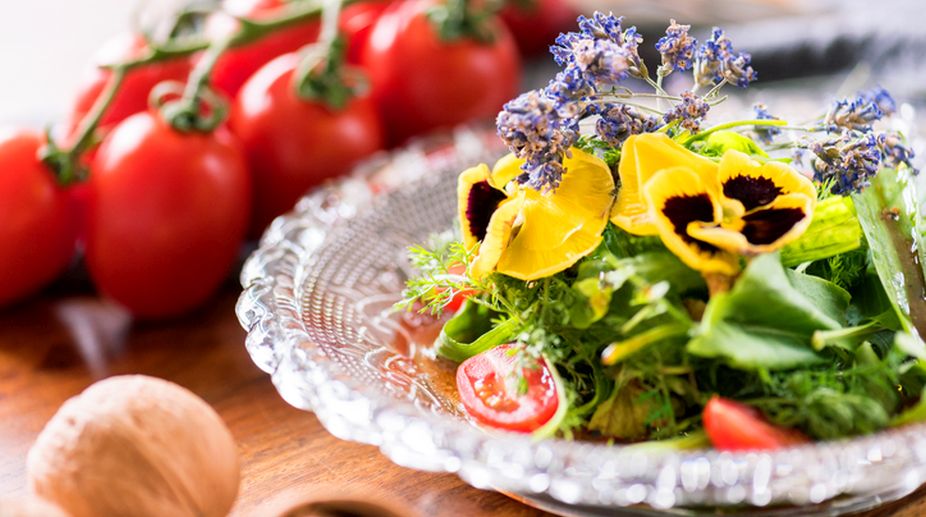Trinamul MLA Nasiruddin Ahmed passes away at 70
A veteran Trinamul Congress leader and MLA from Nadia’s Kaliganj constituency, Nasiruddin Ahmed, has passed away at the age of 70.
Flowers can enhance the specialty of food with their natural colour, aroma and flavour.

(Getty Images)
Flowers are always a delight. Apart from beautifying a place or surroundings, some flowers can be eaten and used for seasoning, garnishing and flavouring of food. They also have beauty and health benefits.
Flowers have been used for culinary purposes since thousands of years in many cultures. They enhance the specialty of food with their natural colour, aroma and flavour. They also add taste to the dishes. Some are tangy, some sweet, some minty or bitter.
Advertisement
You can grow your own garden to make maximum use of its benefits and ensure safety consumption of edible flowers.
Advertisement

Avoid eating roadside flowers or those grown in public parks. They may be polluted and treated with harmful pesticides.
Eat only petals, don’t eat pistils and stamens.
If you suffer from any allergy, avoid using edible flowers for culinary purpose.

Arugula: It is an edible flower with a peppery bite. The white or cream coloured petals with deep purple veins are a little nutty. The flower can twist the taste of the dishes it is added to.
Allium: Cultivated for decorative and edible uses, there are more than 1000 plant varieties which are found in allium family, few are – onion, garlic, chives and other decorative flowers. The white, pink, purple and yellow orbs of decorative allium add a unique touch to a flower bed and give a wonderful taste to food.
Lavender: Known for sweet fragrance, the purple flower can be used for both culinary and ornamental purposes. Though, there is no definite difference between ornamental and culinary lavender, some varieties are better for cooking than others.
Hibiscus: Besides valued for their beauty, hibiscus flowers are edible and have many health benefits. They can be added to tea to give it a great taste.
Calendula: The honey flavoured flower grows in yellow, orange or red colour. The daisy like petals can be scattered over salads and can be used to colour and flavour butter, cheese and rice acting like saffron with a lighter impact.
Rose: Intensely perfumed and deeply hued petals of rose flower have a subtle and a bit fruity flavour. Remove the white base of each petal to remove bitterness and give your desserts and beverages a royal taste and aroma.
Basil: Basil flower can be white to lavender. It goes well with pasta or other Italian dishes.
Cornflower: Having a spicy, clove-like flavour with a subtle sweetness, cornflower is beautifully hued in blue. Its petals can create a magic if sprinkled over salads and fancy drinks as a garnish.
Chamomile: This flower can be used fresh or dried in tea, salads and soups. It may not suit to allergy sufferers.
Begonia: The edible flower has a slightly bitter to sharp citrus flavour. People suffering from kidney stones, gout or rheumatism should avoid eating it.
Edible flowers are chock full of flavours, natural colours and fragrances. Grow your own edible flowers at home. Tend them with love and care. It all feels a little more delicious with pleasure. Be sure to use only edible flowers that are organically grown and are from a reliable source.
Advertisement